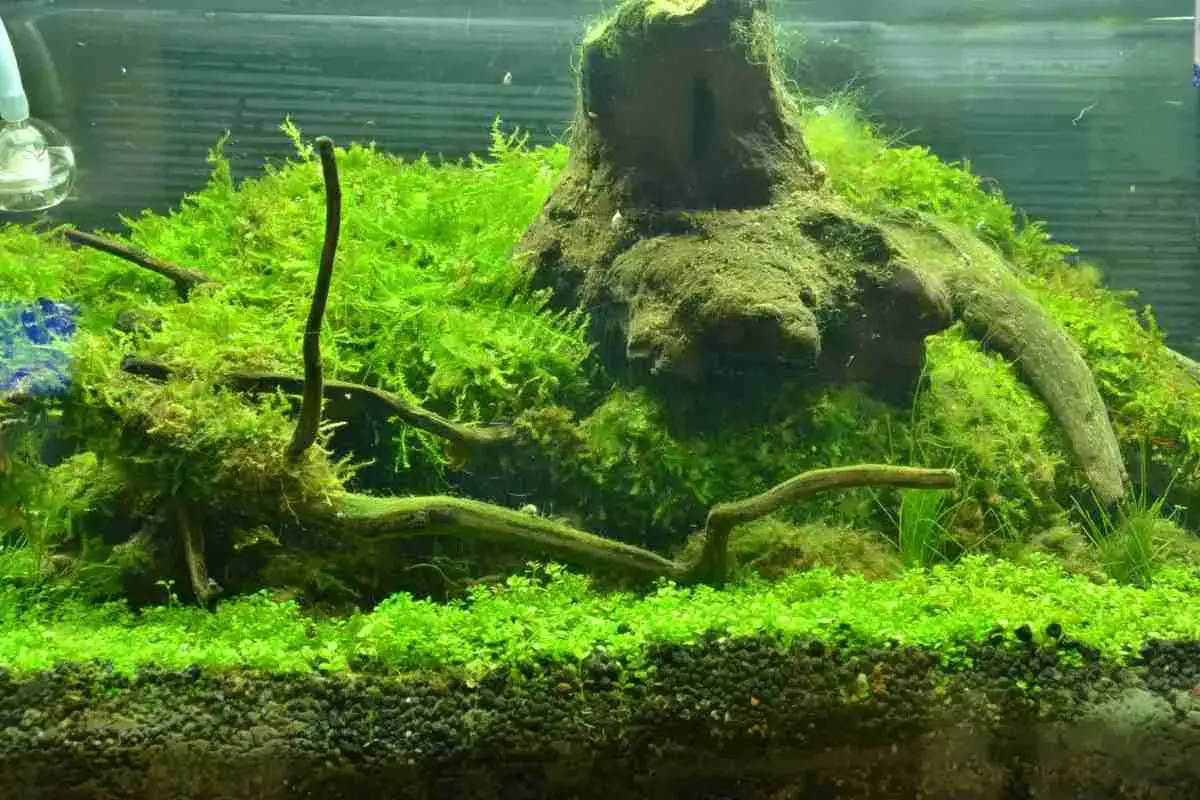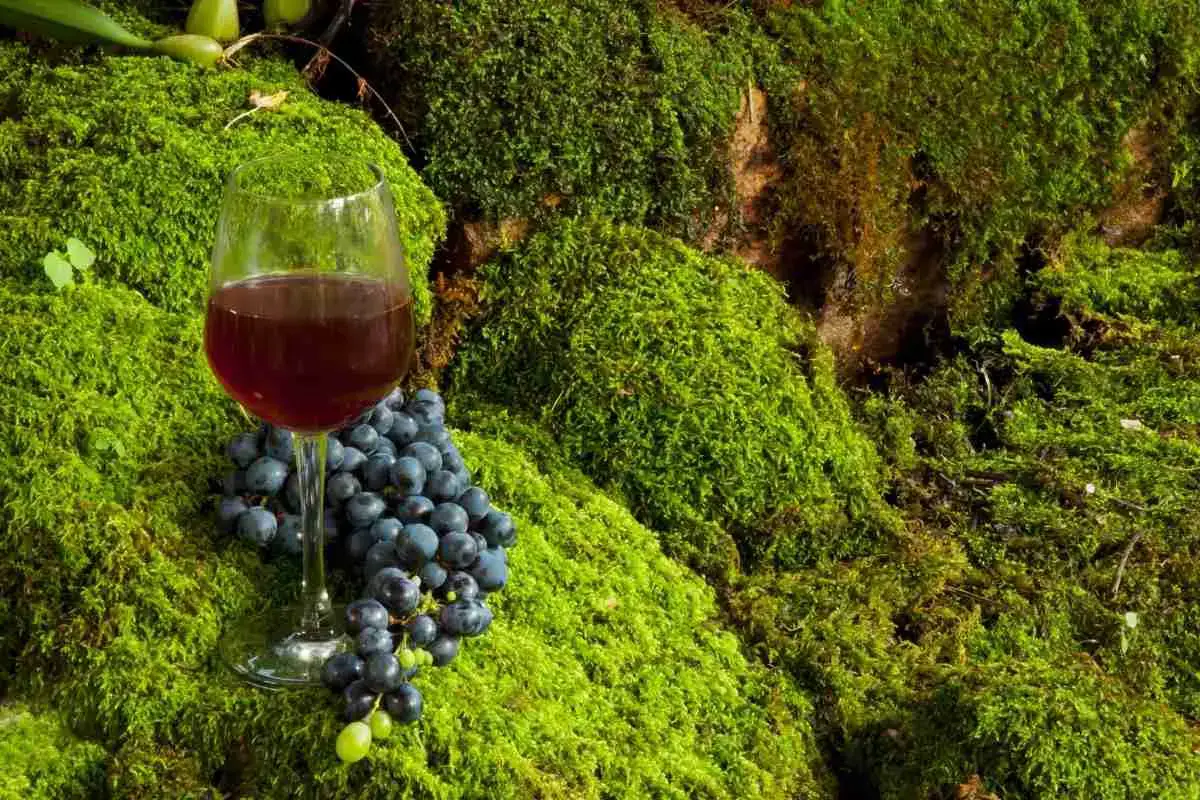
How To Grow Moss On Stone? The Ultimate Guide!
Read more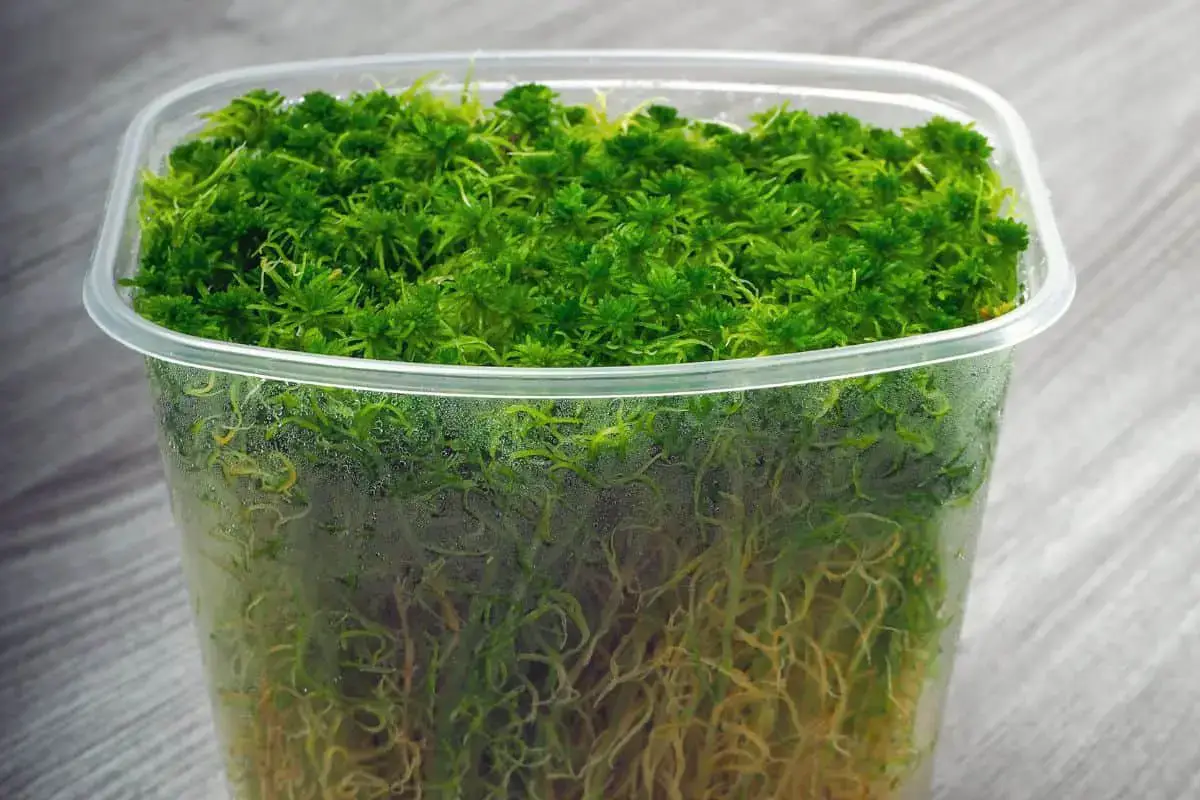
Can Sphagnum Moss Grow Underwater?
Read more
Can Rabbits Eat Moss?
Read more
How to grow moss without moss. And why you’d rather not
Read more
Is Moss Edible? Top 5 Edible Mosses
Read more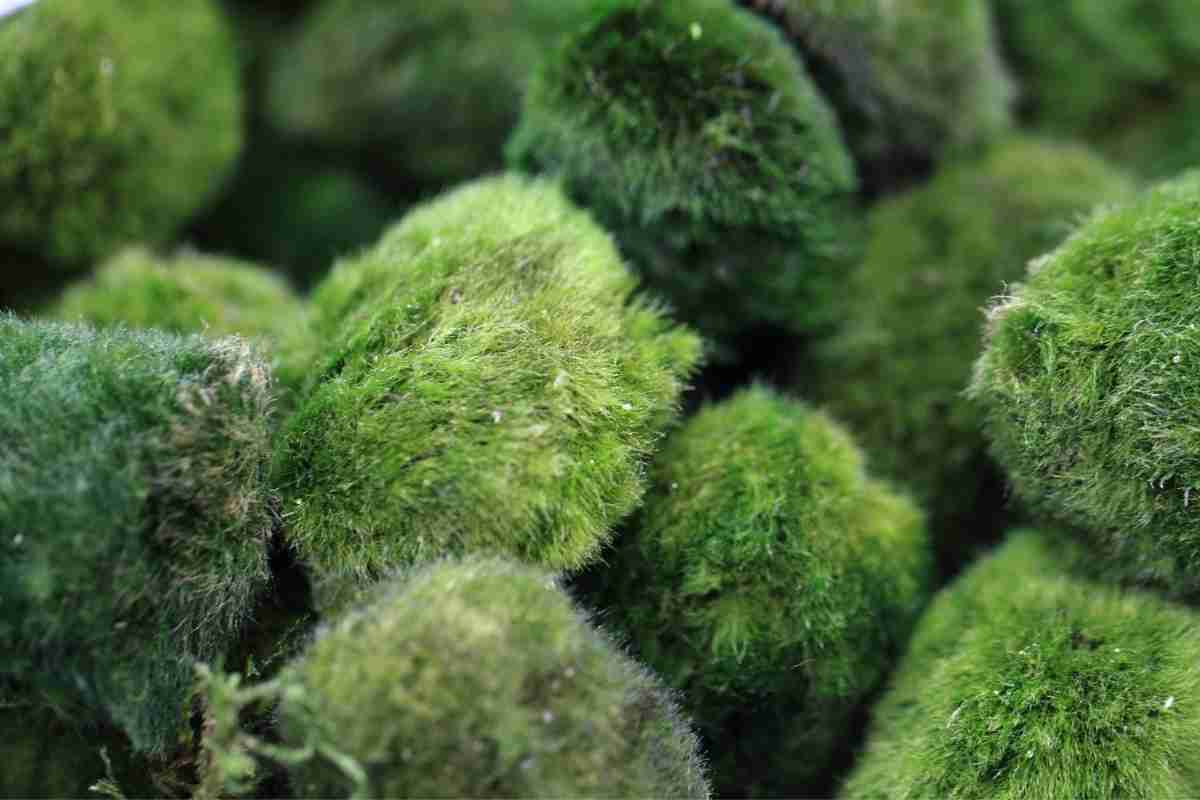
What Are Moss Ball Pets? Detailed Guide!
Read more
Do Moss Balls Grow? If So, How Fast?
Read more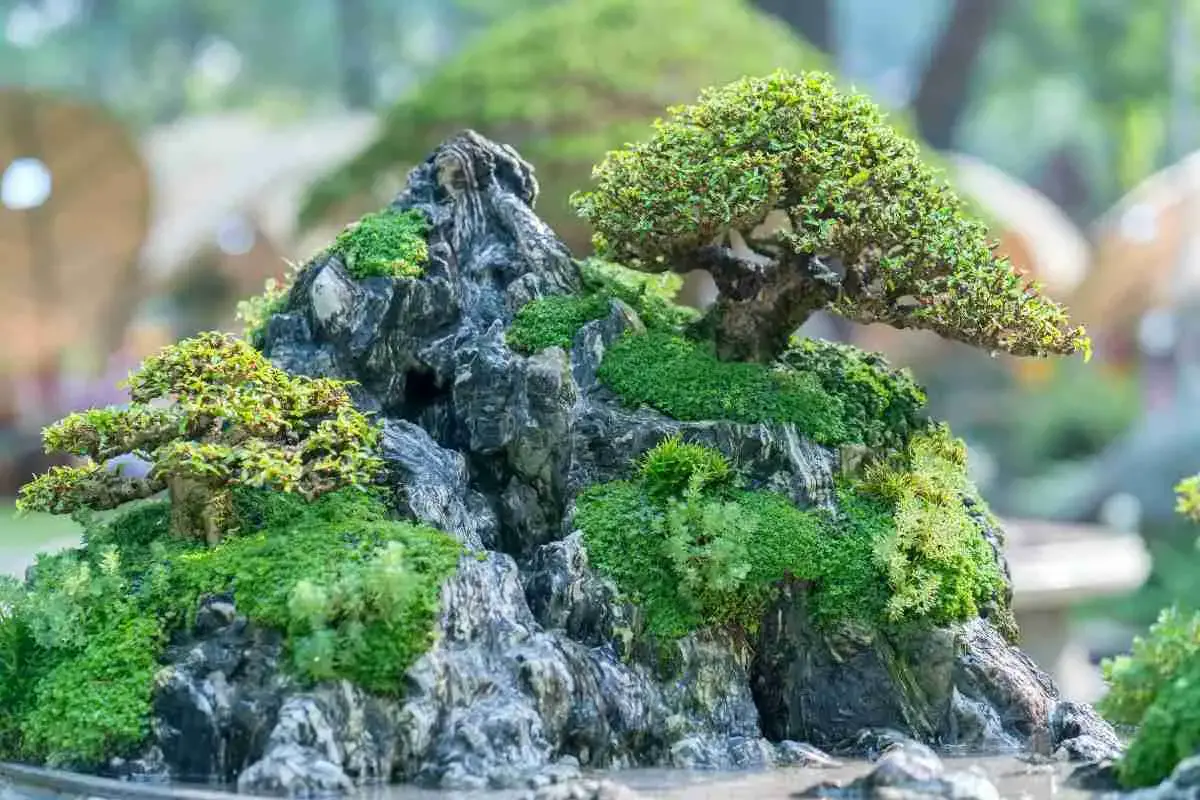
6 Types Of Moss For Bonsai: Bonsai Moss
Read more
Does Sphagnum Moss Mold? Causes & Prevention
Read more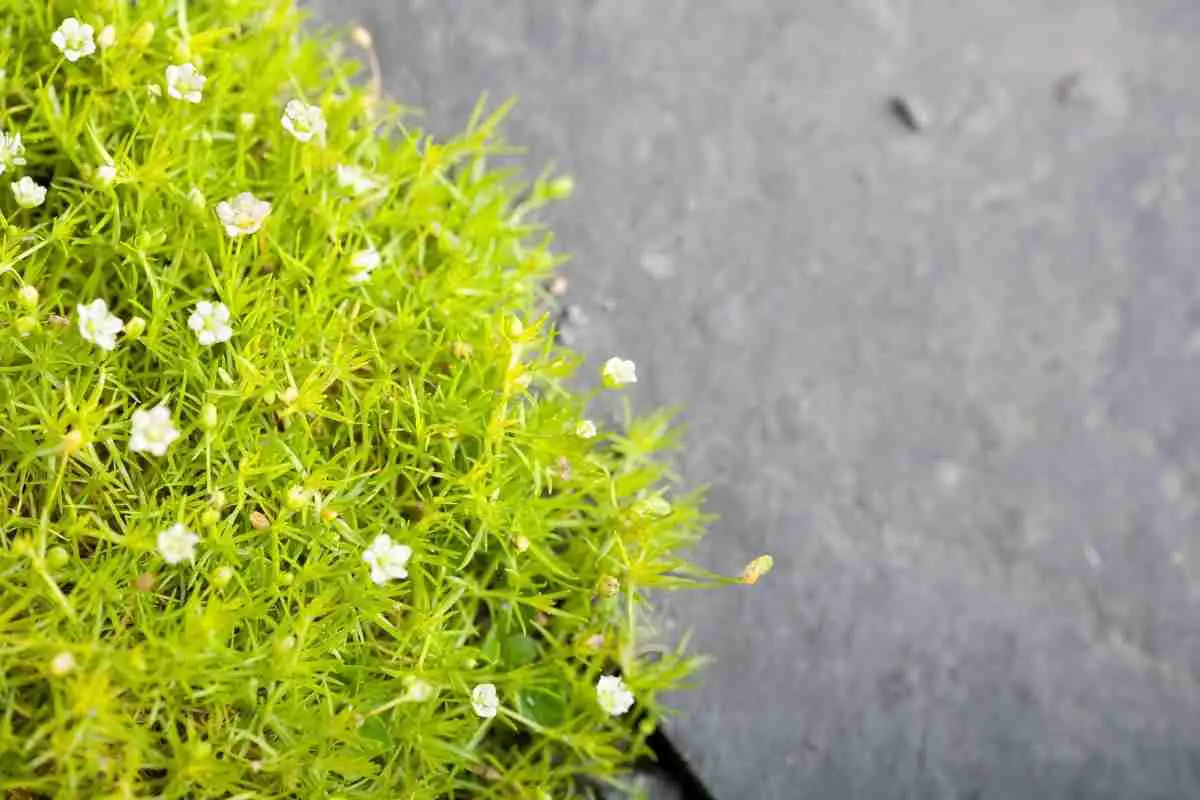
How Fast Does Irish Moss Spread?
Read more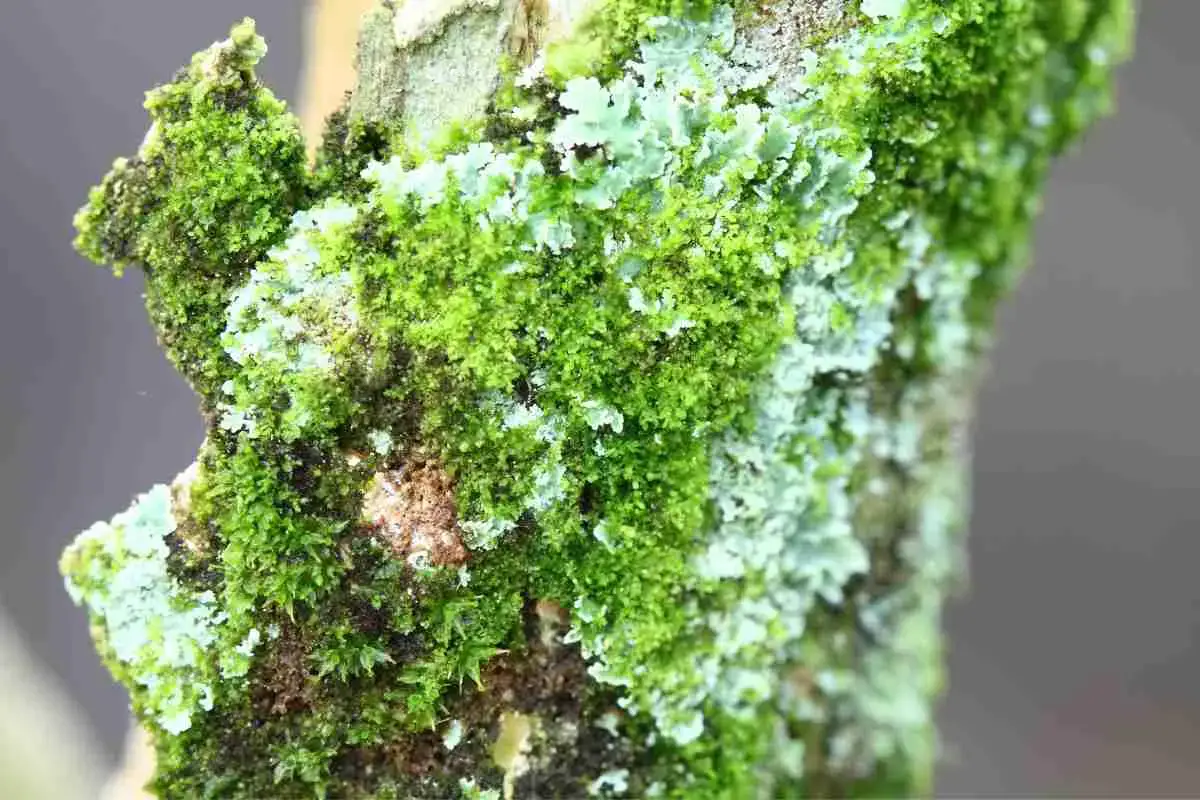
What Do Lichens Eat?
Read more